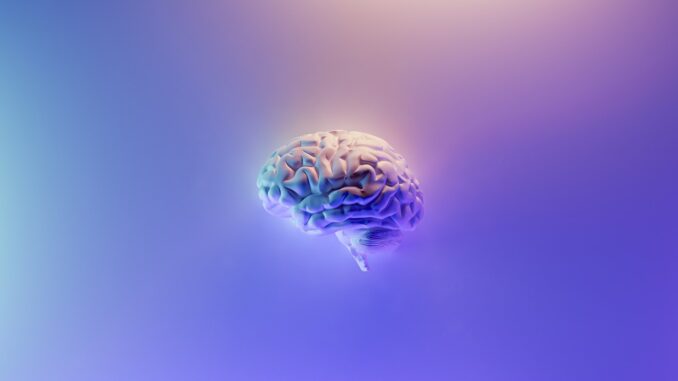
Learning, remembering, and moving around, are all vital functions for humans and most other animals. In mammals, the hippocampus is the primary part of the brain that gets those jobs done for us. When things are functioning correctly, all is well: when they aren’t, the patient might be diagnosed with a spatial navigation, learning, or memory-related disorder such as ADHD, Autism, Alzheimer’s, depression, or epilepsy. For example, Alzheimer’s patients are prone to becoming lost because their spatial navigation ability within the hippocampus is deteriorating.
Lab rats have been used for decades to study the hippocampus. Sixty years ago, researchers discovered that as rats move around (looking for a piece of cheese somewhere in the maze, no doubt) the neurons in the rodent’s hippocampus would synchronize the electrical signals moving between neurons at a rate of 8 Hertz (cycles per second). They called it a ‘brain wave’ and named this 8Hz brain wave the ‘theta rhythm’. When the theta rhythm was disrupted, a rat’s spatial navigation ability in the maze was impaired, as was its ability to learn and remember. However, scientists observed that when the theta rhythm signal was stronger, memory, learning, and spatial navigation all improved significantly. Scientist have long thought these brain functions could be enhanced if the theta rhythm could somehow be boosted, but until recently, no one had found a way to do that.
Dr. Mayank Mehta, Ph.D., and his research team at the W. M. Keck Center for Neurophysics at UCLA built a virtual reality (VR) device for lab rats that they claim is far better and offers deeper immersion than commercial-built VR gear for humans. Electrodes thinner than the width of a human hair were implanted into the rat’s hippocampus so that brain waves, including the theta rhythm, could be observed. They found that the rat’s theta rhythm was “considerably stronger” when the rodent was running around immersed in their VR world versus running around without VR, demonstrating that VR had a “huge effect… on theta rhythm enhancement”.
The researchers are optimistic that VR can be used in the future as a medical tool to boost brain rythms and treat disorders involving spatial navigation, learning, and memory, including ADHD, Autism, Alzheimer’s, depression, and epilepsy.
LAST MINUTE ADDITION… found this but haven’t watched it: sounds relevant and interesting as the speaker is the director of the research described above!
“Space, Time & Imagination: How Virtual Reality Changes the Brain | Mayank Mehta | TEDxUCLA” (14:40):
Question Of The Night: Have you tried VR? Would you like to?
